Top 10 Weirdest Facts About the Winter Solstice
We all know the Winter Solstice is the day Percy Jackson had to save the goddess of hunt, Artemis, and that it's the shortest day and longest night of the year, but what else is there to this annual occurrence?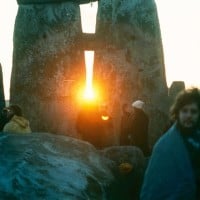
Stonehenge, aligns with the winter solstice sunrise. Some have produced theories about how the position of the sun was religiously important to the druids, the group of people who built Stonehenge, while others suggest that Stonehenge is constructed around more natural places that happen to align with it. While the original purpose of Stonehenge is still debatable, its relevance on the winter solstice these days is what thousands of neopagans, gather there every year to celebrate the solstice.
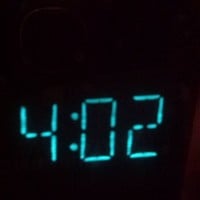
While most view the Winter Solstice as a day long event (in 2021 it's on December 21st), it's actually a quite precise time of day. The Winter Solstice occurs the moment the North Pole is facing farthest away from the sun on Earth's axis. This is also the time when the sun shines directly over the Tropic of Capricorn. Last year, the Winter Solstice happened at 4:02 a.m., Central time, on December 22. This year, the solstice will occur at 5:02 a.m central time, on December 21. The Solstice also happens on the same moment, for everyone, regardless of timezones
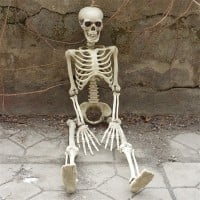
Early societies (pagans, but pick which branch, as it probably doesn't matter) would be astounded over the amount of people who are depressed, starving and so on, during this time of year, as they held solstice celebrations and rituals meant to welcome the return of the sun and hope for new life. Scandinavian and Germanic pagans, (most likely Norse) lit fires and burned logs as a ritualistic, symbolic way of welcoming back light and the sun. Cows, pigs and, goats were sacrificed around the middle of winter, followed by feasting on fresh meat for several months. The modern Druidic celebration Alban Arthan celebrates the death of the Old Sun and birth of the New Sun.
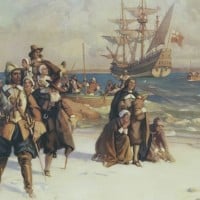
If you were to ask the neopagans at Stonehenge how this came to be, they'd probably check their horoscopes or thank the gods. Ask me, and I can tell you important events happened on April first, too. Anyway, some examples are the Pilgrims ended their journey from Great Britain to what is now known as the United States on December 21, 1620, and they discovered what would eventually become arguably the most important nation on earth. December 21, 1620. On December 21 in 1898, Pierre and Marie Curie discovered the element radium, being the harbingers in an atomic era, and on December 21, 1968, the Apollo 8 spacecraft was launched, and went down as the first moon mission with a crew of astronauts. These were all on the Winter Solstice.
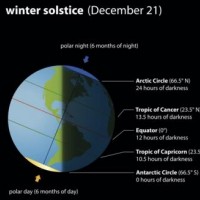
This is obvious and common knowledge, but let me elaborate: on the Winter Solstice, the Big Apple will see a little bit more than nine hours of sunlight, Helsinki, Finland, will get a little less than six hours of light, and the North Pole didn't receive any sunlight since October. The South Pole, on the other hand, will be glowing with sunlight that will not set until March.
True today was the winter solstice so today was the shortest day of the year
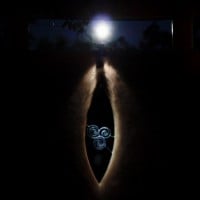
Yalda, an Islamic holiday from Iran, is on the longest night of the year. Before Islam became such a common religion, Yalda was the harbinger of the birth of Mithra, the ancient sun god, and him defeating darkness. Zoroastrian Folkore suggests that evil spirits walk the Earth and the forces of the evil spirit "Ahriman" are most powerful on the Winter Solstice. People are advised to stay up most of the night keeping each other company, eating, talking, and sharing poetry and stories, and doing regular daytime activities, to avoid any
encountering all of these evil spirits.

It usually happens after 3-4 days of on break. in the early winter days, people get christmas decorations before they are sold out until later in the year. Jesus's birthday on christmas isn't disclosed in the bible but unknown to us, it has happened since 336 and 300 years after Jesus gets crucified.
Not surprising, to be honest. Jesus Christ's birthday is not disclosed in the Bible, so it remains unknown to us. On the flip side, the winter solstice has been celebrated since German and Nordic pagans had their yuletide celebrations, long before Jesus Christ was born. But Constantine, wanted to attract pagans to Christianity, so Christian ideologies were added to festivals like that of the Winter Solstice. Christmas customs, such as "yuletide carols" or even the Christmas tree, came from Pagan rituals on the Winter Solstice.
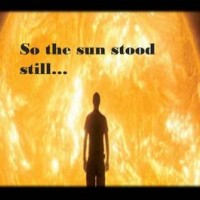
The word "solstice" is derived from the Latin word "solstitium," meaning "point at which the sun stands still." The sun actually never moved, though. Prior to when the Renaissance astronomer Nicolas Copernicus came up with the heliocentric model, people assumed the sun (and everything else) revolves around the earth, and not the other way around. Our use of the word "solstice" can be a reminder of just how far science has come since we started celebrating the Winter Solstice. Solid reason to thank Copernicus.
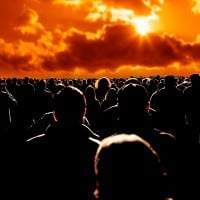
December 21, 2012, matches to the date 13.0.0.0.0 in the Mayan calendar, and that date is supposed to be the end of a 5126 year cycle. Some people thought this coincidence would be the harbinger of the end of the world, and if not that, something very bad. Other people believed it was supposed to be the birth of a new era Earth and the human race. As we can see clearly, almost a decade later neither of these theories were accurate, which is why I was able to make this list. That solstice was nothing unique, much less apocalyptic.
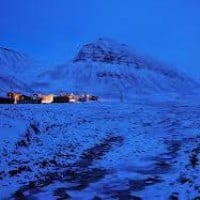
the longest night happens in northern hemisphere, Arctic used to be green + a lot of animals live there. there is night longer than day during winter and north pole gets bigger, most countries are in the northern hemisphere + most likely gonna get cold, there could be extreme cold weathers happen + in Yakutsk, people have to wear 2 layered jackets to keep themselves warm because it's so cold + might get a frostbite and can get down to -40⁰F. the desert could be colder mostly in Mongolia, China, United States, Afghanistan, Pakistan, Argentina.